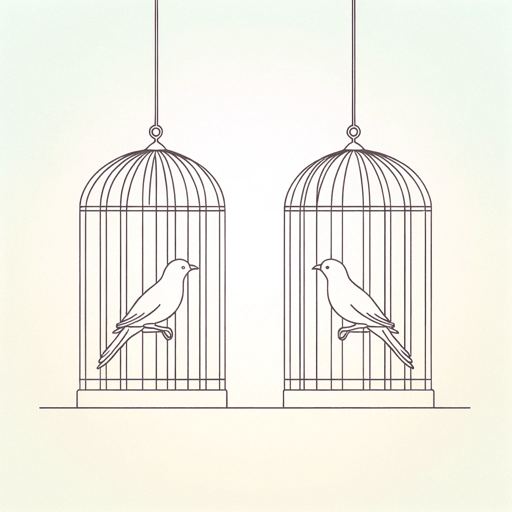30 pages • 1 hour read
Anton ChekhovThe Lady With The Dog
Fiction | Short Story | Adult | Published in 1899A modern alternative to SparkNotes and CliffsNotes, SuperSummary offers high-quality Study Guides with detailed chapter summaries and analysis of major themes, characters, and more.
Symbols & Motifs
The “Long Grey Fence”
The “long grey fence adorned with nails” opposite the Von Diderits residence (579) symbolizes Anna’s constrained position in marriage in her patriarchal society. Upon seeing it, Gurov himself thinks this fence would cause anyone to “run away” (579), and the longer he paces alongside it, the more he hates its oppressive presence. Like an actual fence, the patriarchal constraints of Anna’s world severely restrict her freedom. Throughout the story, she travels only by inventing excuses for her husband; she attends the theater performance in his company; and she stays inside during all the hours Gurov paces outside her house. This “confounded fence” gives her “nothing to look at” from her windows (579) and points to the limited prospects available to her as a married woman in a patriarchal society. Anna’s desires, potential, and fulfillment are circumscribed by her husband’s interests and confined by the larger social conventions of propriety in women. Similar to Gurov’s sense of imprisonment in his Moscow life (578), the fence serves as an emblem of captivity. The nails spiking its top suggest Anna’s crucifixion-like martyrdom to the rigid constraints of the patriarchal world.
Related Titles
By Anton Chekhov
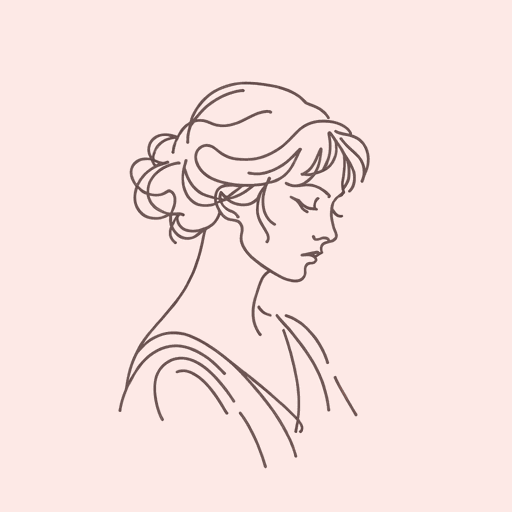
At Home
Anton Chekhov
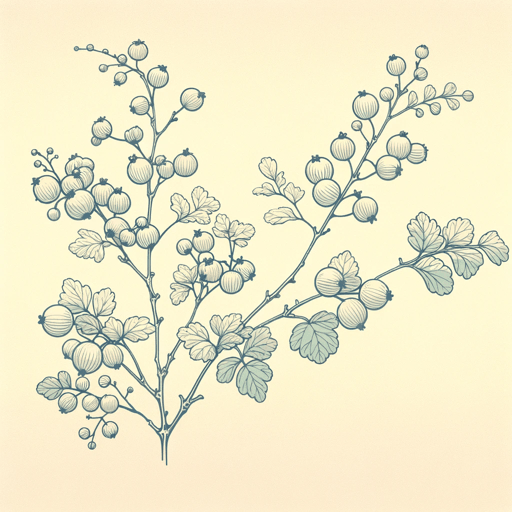
Gooseberries
Anton Chekhov
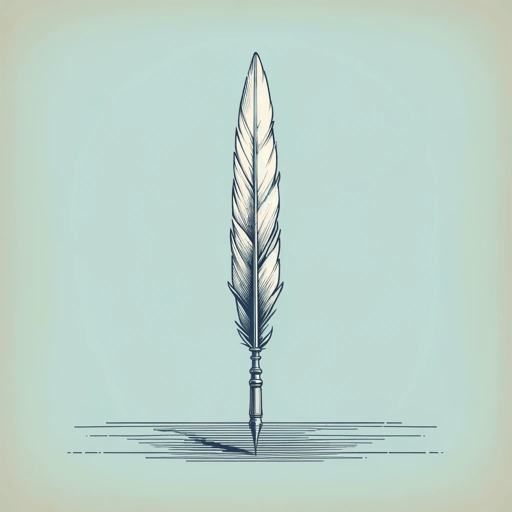
The Bet
Anton Chekhov
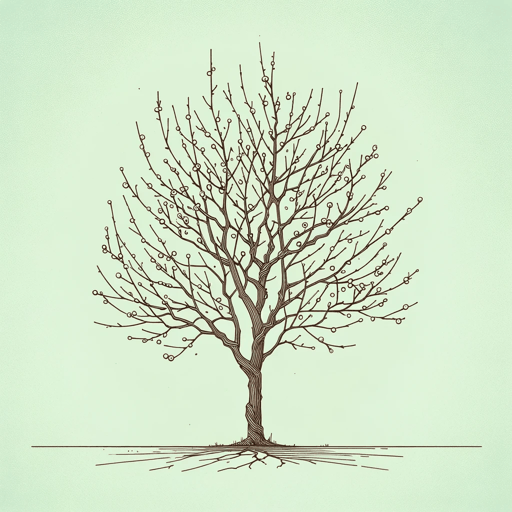
The Cherry Orchard
Anton Chekhov

The Darling
Anton Chekhov
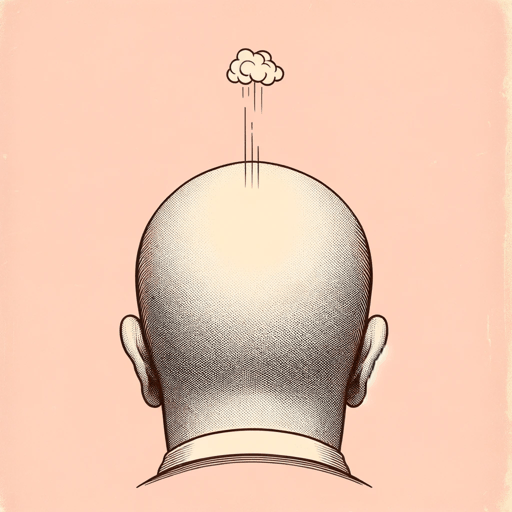
The Death of a Government Clerk
Anton Chekhov

The Duel
Anton Chekhov
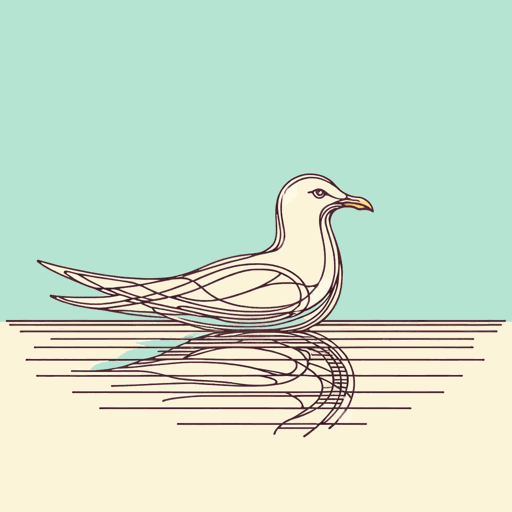
The Seagull
Anton Chekhov

Three Sisters
Anton Chekhov

Uncle Vanya
Anton Chekhov

Vanka
Anton Chekhov
